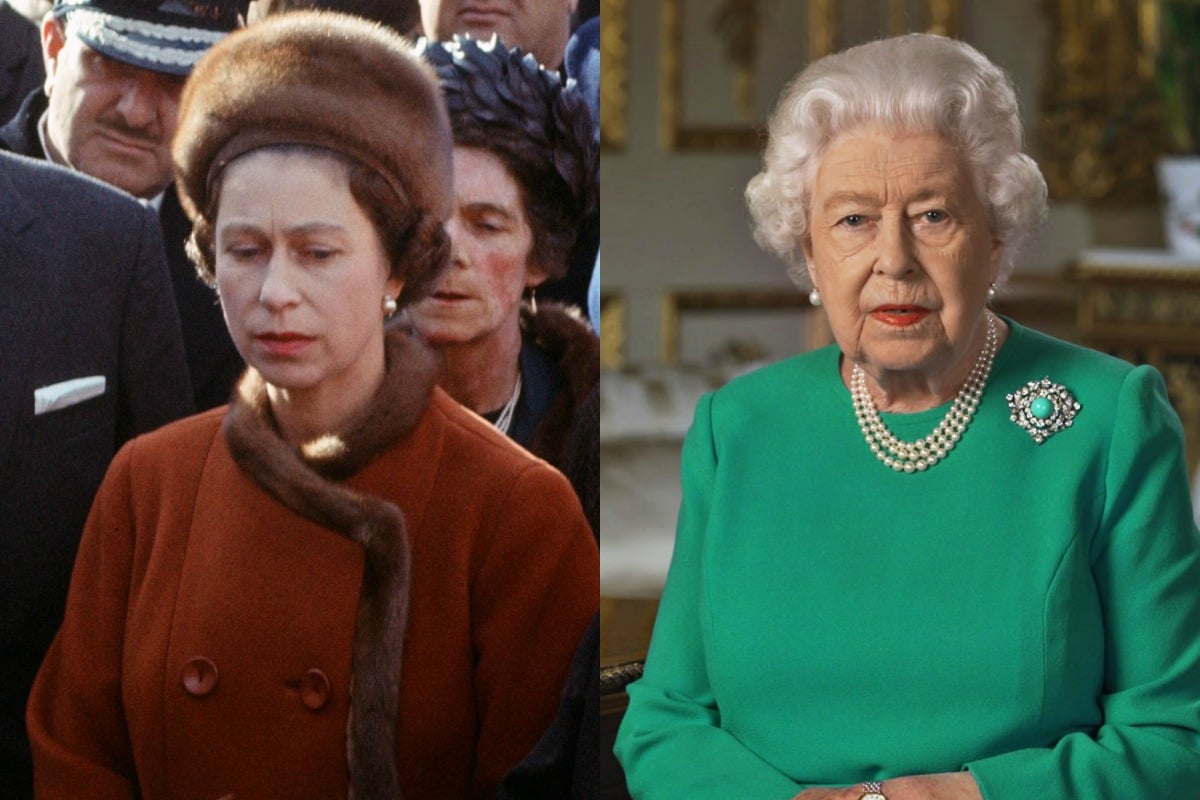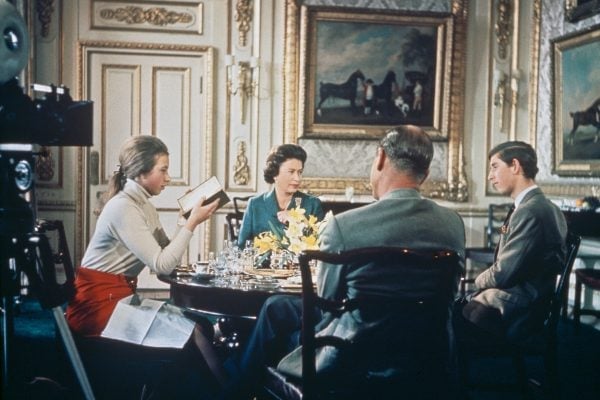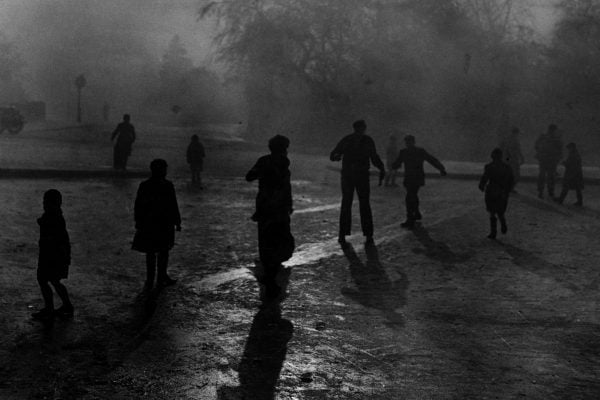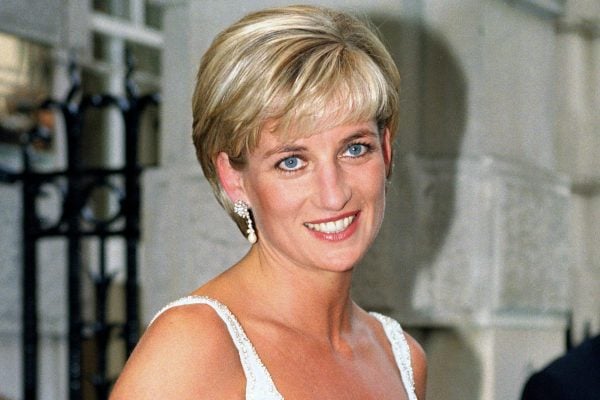
To catch up on all things royal family, make sure you check out our Royal Hub. We’ve got you completely covered
As the COVID-19 pandemic has wreaked havoc across the world, Queen Elizabeth II has addressed the United Kingdom on far more occasions than she has in the past.
Speaking in a televised address in April, the Queen promised the nation that better days are ahead.
“We should take comfort that while we may have more still to endure, better days will return,” the 94-year-old said.
“We will be with our friends again. We will be with our families again. We will meet again.”
Watch: Queen Elizabeth gives a rare televised address about COVID-19. Post continues below.
Since March 19, the Queen has been self-isolating with her husband, 98-year-old Prince Philip, at Windsor Castle.
But while the monarch is currently undergoing the longest absence from public duties in her 68-year reign, some royal commentators have speculated that the Queen may never return to her public duties again.






Top Comments